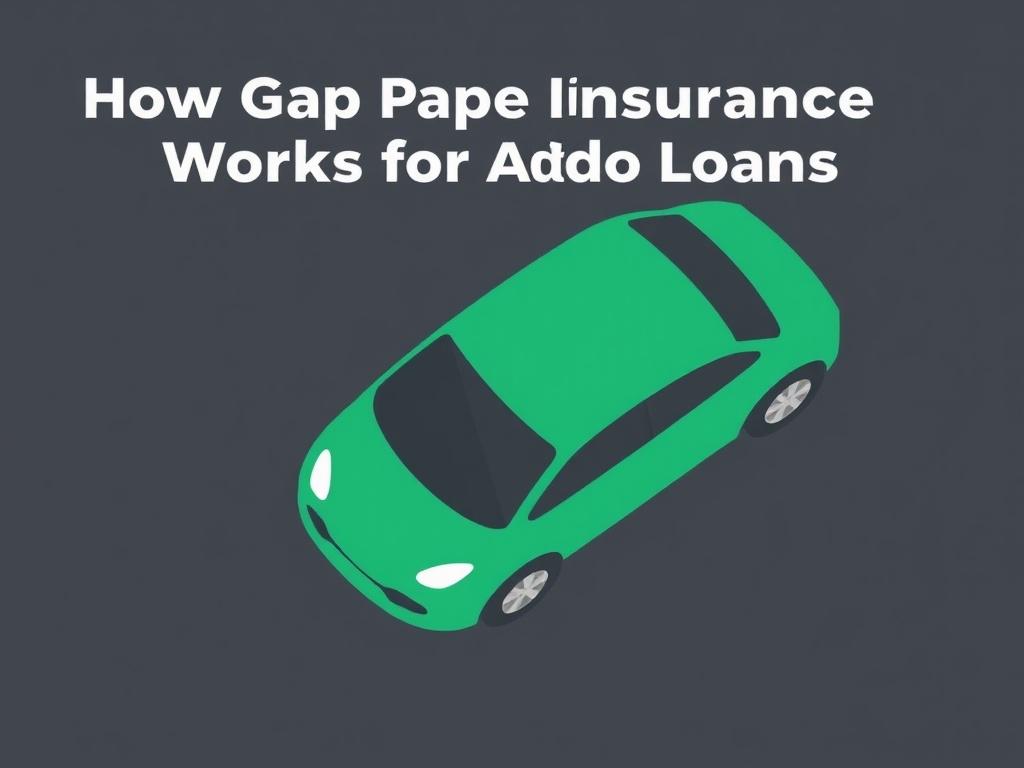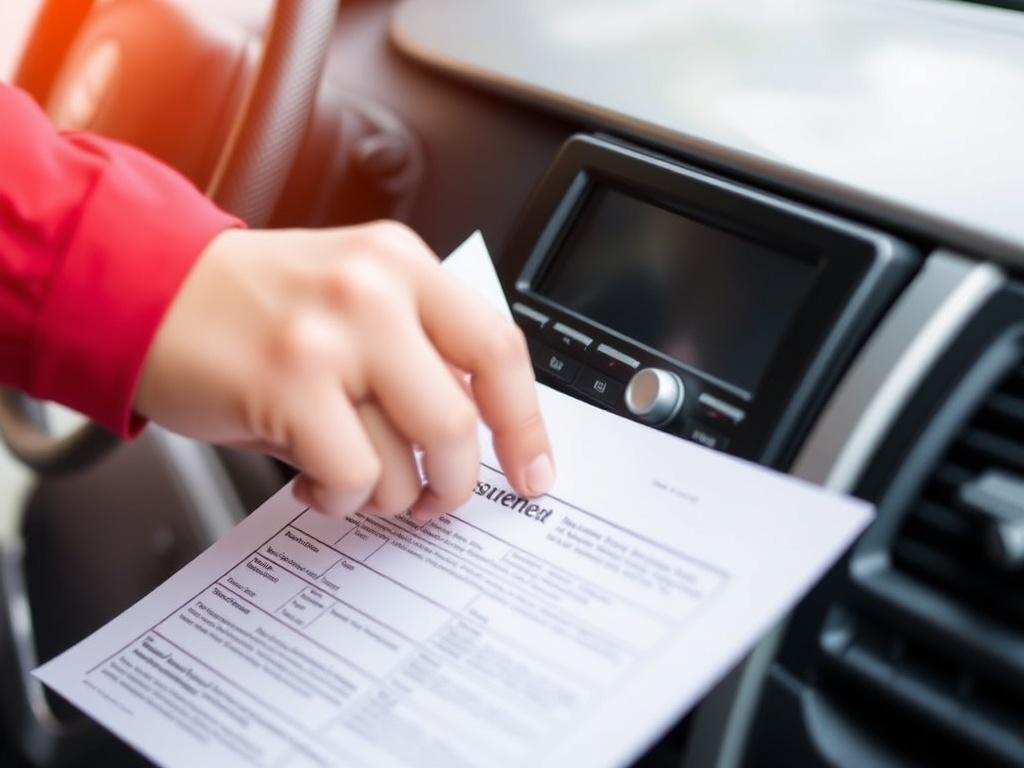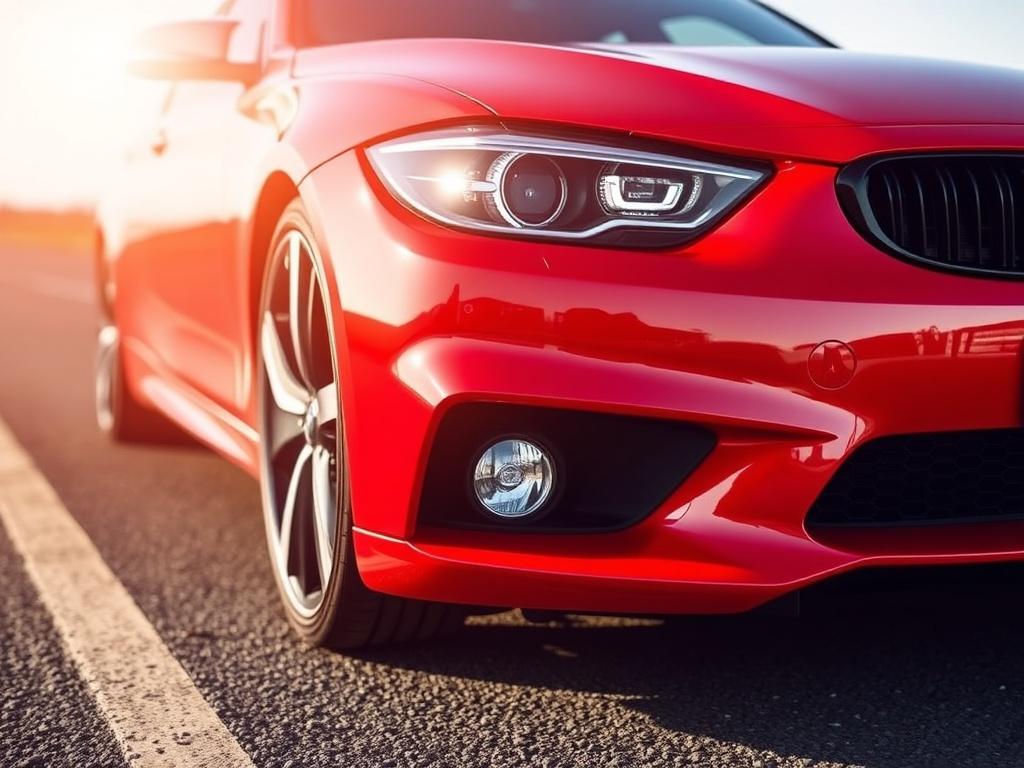SQLITE NOT INSTALLED
Содержание
What Is Gap Insurance and Why Do You Need It?
When you buy a car, especially with an auto loan, the last thing you want to worry about is losing money if your vehicle is totaled or stolen. This is where gap insurance comes into play. Gap insurance, which stands for “Guaranteed Asset Protection,” is designed to cover the difference between the amount you owe on your auto loan and the actual cash value (ACV) of your vehicle if it’s declared a total loss. This protection can save you from a financial nightmare, especially since cars depreciate rapidly. Many people don’t realize how quickly their car’s value drops, often leaving them with a loan balance that’s greater than what insurance companies will pay out—this is the “gap” that gap insurance covers.
How Gap Insurance Works for Auto Loans

When you purchase a car with an auto loan, your lender typically requires you to maintain full coverage insurance, including comprehensive and collision. Standard auto insurance policies pay out based on the car’s ACV at the time of a total loss. Because cars lose value as soon as you drive them off the lot, the loan balance often remains higher than the car’s worth, especially in the early years of the loan term. This is known as being “upside down” or “underwater” on your loan.
Here’s where gap insurance steps in: if your car is totaled or stolen and not recovered, standard insurance will pay only the ACV, but the loan balance may still be much higher. Gap insurance covers the remaining loan amount, meaning you won’t have to come up with a hefty payment out of pocket to satisfy your lender.
An Example to Illustrate Gap Insurance in Action
Imagine you bought a car for $30,000 and put down $3,000, resulting in a loan of $27,000. After a year, your car has depreciated and is valued at $20,000, but you still owe $25,000 because you’ve only paid off $2,000 so far. If the car gets totaled in an accident, your insurance company will pay $20,000 (the ACV), leaving a $5,000 balance difference. Without gap insurance, you’d owe this $5,000 to your lender. With gap insurance, that $5,000 is covered.
The Importance of Gap Insurance for Different Types of Auto Loans

Not all auto loans or financing situations require gap insurance, but in many cases, it’s a smart financial safeguard. Here are a few scenarios where gap insurance is especially important:
- Long-term Auto Loans: Loans extending beyond 60 months increase the time your loan balance outweighs your car’s value.
- Low or No Down Payment: If you put little or no money down, the loan balance will often exceed the car’s worth early on.
- Leasing a Vehicle: Gap insurance is usually mandated or highly recommended for leases.
- Buying a Used Car with Financing: Some used vehicles depreciate even faster, making gap coverage valuable.
Auto Loan Length vs. Depreciation Rate: A Risk Matrix
| Loan Term | Typical Car Depreciation after 1 Year | Risk of Being Upside Down | Gap Insurance Recommendation |
|---|---|---|---|
| 24-36 months | 20-25% | Low to Moderate | Optional but beneficial |
| 48-60 months | 25-30% | Moderate to High | Recommended |
| 60+ months | 30%+ | High | Highly recommended |
Where to Buy Gap Insurance You Can Trust
If you decide gap insurance is right for you, the next question is where to get it. You have several options, each with its own pros and cons:
- Through Your Car Dealership: Many dealerships offer gap insurance at the point of sale. This is convenient but often more expensive.
- Insurance Companies: You can purchase gap insurance as an add-on to your existing auto insurance policy. This is often cheaper and easier to manage.
- Third-Party Providers: Some specialized companies offer standalone gap insurance policies. These may fit best for leased or financed cars.
Comparing Purchase Options
| Source | Typical Cost | Convenience | Coverage Flexibility |
|---|---|---|---|
| Dealership | $500-$700 (one-time fee) | Very convenient (bundled with financing) | Limited and often non-transferable |
| Insurance Provider | $20-$40 per year | Moderate (added to policy) | Usually flexible and transferable |
| Third-Party | $300-$600 (varies) | Moderate (requires research) | Varies by provider |
What Gap Insurance Typically Covers and What It Does Not

It’s important to understand what gap insurance actually covers. Here’s a breakdown of common coverage elements:
- The difference between the insurance payout and the balance remaining on your auto loan or lease.
- Loan or lease balance after total loss due to theft, accident, or other covered perils.
- Some policies cover deductible amounts up to a certain limit.
However, gap insurance usually will not cover:
- Late payments or missed payments.
- Normal wear and tear or mechanical breakdowns.
- Loan payments owed after the car has been returned (in lease returns).
- Negative equity from previous car loans rolled into your current loan (sometimes excluded).
Key Features to Look for When Buying Gap Insurance
When shopping for gap insurance, consider these factors:
- Coverage limits: Ensure it covers your full loan balance plus any deductibles.
- Transferability: Check if you can transfer the coverage to a new vehicle if you trade-in or buy another car.
- Cancellation policy: Understand if you get refunded for unused premiums if you cancel early.
- Exclusions and conditions: Read the fine print carefully to avoid surprises.
When Gap Insurance Might Not Be Necessary
While gap insurance is a helpful product, it’s not always essential. If you have a large down payment, a short auto loan term, or if you pay off your vehicle quickly, the risk of owing more than your car’s value is minimal. For example, if you put down 50% of the vehicle’s price or your loan is for less than 24 months, you might choose to skip gap insurance.
Additionally, if you’re leasing a car, the leasing company will often require gap coverage, but for a traditional purchase, you can assess your risk factors before committing. Another alternative for avoiding gap debt is making extra payments to reduce your loan principal faster, which can close the gap on depreciation.
How to File a Gap Insurance Claim
Filing a gap insurance claim typically happens after your primary auto insurance company has declared your car a total loss and issued a settlement. Here’s what the process usually looks like:
- Report the accident or theft to your auto insurance company immediately.
- Your insurer evaluates the claim and determines the ACV payout.
- You pay your deductible and receive the payout from your insurance.
- Submit the insurance payout documents and your loan balance information to your gap insurance provider.
- The gap insurer pays the remaining balance on your loan that your auto insurance does not cover.
Because gap insurance is secondary coverage, it only kicks in after the primary insurer has completed their part. Processing times can vary but typically take a few weeks.
Tips for Choosing the Right Gap Insurance Policy
Choosing the best gap insurance depends on your personal financial situation and the type of vehicle loan or lease you have. Here are helpful tips to keep in mind:
- Compare Costs and Coverage: Don’t just take the dealer’s offer—get quotes from your insurer and third-party providers too.
- Read Reviews: Research customer satisfaction and complaints for insurers before buying.
- Ask About Bundles: Some insurers offer discounts if you purchase gap insurance along with other policies like auto or renters insurance.
- Maintain Good Loan Records: Keep track of your loan balance and vehicle value to understand when gap insurance is most beneficial.
- Understand the Terms: Be clear on what triggers coverage and what documentation you’ll need to file a claim.
Common Misconceptions About Gap Insurance
Many consumers misunderstand what gap insurance does or assume it’s an unnecessary expense. Here are some common myths debunked:
- Myth: Gap insurance covers repairs. It does not pay for repairing your car; it only helps if your vehicle is totaled or stolen.
- Myth: Gap insurance is always expensive. Depending on where you buy it and your loan terms, it can be surprisingly affordable, especially as an add-on to your existing policy.
- Myth: I don’t need gap insurance if I have comprehensive coverage. Comprehensive and collision coverage handle damage but will not cover the gap between your loan and payout.
- Myth: Gap insurance is only for new cars. While it’s most commonly recommended for new vehicles, gap insurance can sometimes be beneficial for certain used cars, depending on loan terms and depreciation.
The Financial Benefits of Gap Insurance
Beyond peace of mind, gap insurance offers tangible financial benefits. When your car is totaled, out-of-pocket costs can be a major source of stress, or even force you into a worse financial situation. Gap insurance prevents you from having to make loan payments for a vehicle you no longer own.
For many, this means protecting their credit rating, saving thousands of dollars, and avoiding loan default or repossession. When budgeting for your new car purchase or lease, factoring in gap insurance is an important part of responsible financial planning.
Summary Table: Key Points About Gap Insurance for Auto Loans
| Aspect | Explanation | Why It Matters |
|---|---|---|
| What it Covers | Difference between loan balance and insurance payout on a total loss | Prevents paying out-of-pocket for a totaled car |
| When to Get It | Long loans, low down payment, leasing, used cars | Reduces risk of financial loss |
| Where to Buy | Dealerships, insurance companies, third-party | Varies by cost and convenience |
| Claim Process | After primary insurer payout, submit loan info to gap insurer | Smooth claim ensures financial coverage |
| Cost | One-time or annual; varies widely | Costs balanced by potential savings |
Conclusion
Gap insurance is a valuable tool for anyone financing or leasing a vehicle, offering peace of mind and financial protection from the unexpected depreciation that often leaves borrowers “upside down” on their auto loans. By understanding how gap insurance works for auto loans, when it’s necessary, and where to get it, you can make smarter choices when buying or leasing a car. Whether you opt for gap coverage through your dealership, insurance provider, or a third-party, knowing that you won’t be stuck paying for a car you no longer have is a reassuring thought in today’s complex auto finance landscape. Ultimately, gap insurance bridges the gap between your loan and your car’s value, helping you avoid unnecessary debt and keep your financial future secure.
Опубликовано: 23 July 2025 Кредитрон – блог о кредитах, финансах и прочих реверансах
Кредитрон – блог о кредитах, финансах и прочих реверансах

